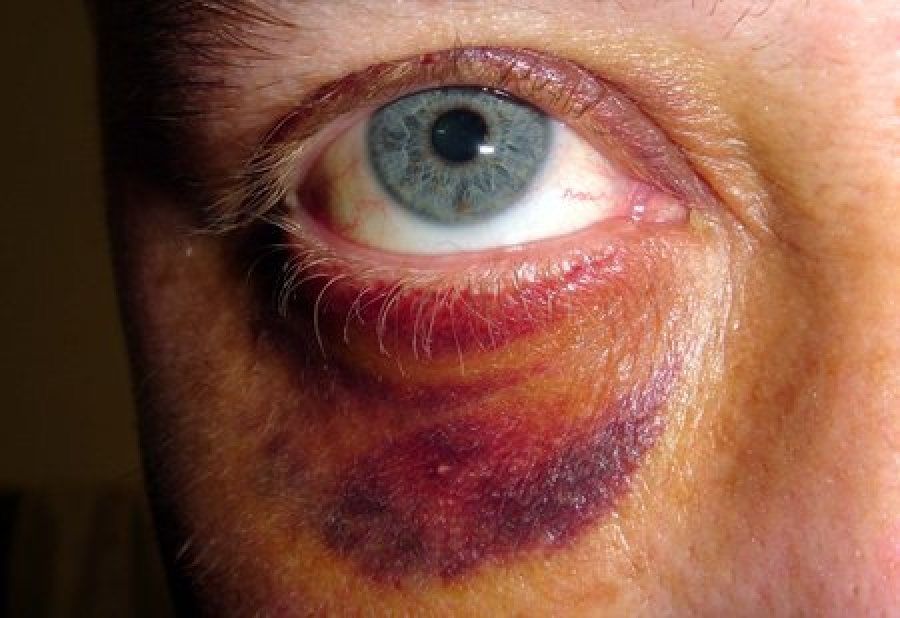Many eye problems require the medical knowledge that an ophthalmologist (Eye M.D.) has from years of clinical and surgical training. But there are eye problems that you can treat safely at home, as long as they are relatively simple.
Here are a few problems that can respond to home treatment, with some tips on home remedies.
BLACK EYE
Unless there are signs of more serious symptoms of black eye such as blurred vision, blood in the eye, or inability to move the eye, a black eye can generally be treated at home. To reduce swelling and ease pain the first day, apply an ice pack to the eye for 15 to 20 minutes at a time, once every hour. If you don't have an ice pack, use a bag of frozen vegetables or ice cubes wrapped in cloth (to protect your skin from freezing). Don't put a raw steak or other raw meat on your eye. Despite what you've seen on television and in the movies, there's no scientific basis for using a raw steak to treat a black eye, and the bacteria in raw meat poses a high risk of infection.
EYE ALLERGIES
Just as you can get nasal allergies, you can get eye allergies that leave your eye red, itchy and teary. Limiting your exposure to the source of your allergy — whether it's pollen, pets or mold — can help relieve symptoms. If you can't eliminate the source entirely, there are ways to minimize its effect with eye allergy treatments. For example, if pollen bothers you, don't use a window fan, which can draw pollen into your house. Wearsunglasses when you go outside. If dust is the problem, use allergen-reducing covers for your bed. You can also use artificial tears, which temporarily wash allergens from your eyes, or over-the-counter anti-allergy eyedrops to lessen the symptoms.
STYE
While a stye may look nasty, it's usually harmless and goes away within a week. You can treat it at home by running a washcloth under warm water, wringing it out and placing it over your closed eye. When the washcloth cools, repeat the process several times. Do this three to four times a day for at least a week. The heat will help unblock the pores in your eyelash area. Don't wear eye makeup or your contact lenses while you have a stye. And don't pop or squeeze the stye. Doing so can spread infection to surrounding areas of your eye.
Pink eye (Conjunctivitis).
Most cases of pink eye are caused by a virus and so don't respond to antibiotics. Viral conjunctivitis will disappear on its own. Have your ophthalmologist diagnose your particular case. You can minimize the discomfort of conjunctivitis by applying cool compresses to the eye. If the conjunctivitis is caused by bacteria, make sure that you follow your treatment plan, which usually involves antibiotic eyedrops. In either case, you should take steps to reduce the chance of passing the problem on to someone else, because conjunctivitis is highly contagious. Don't share towels, handkerchiefs or cosmetics; change pillowcases frequently; and wash your hands often.
With any of these conditions, you shouldn't wait to see your Eye M.D. if the symptoms worsen or don't go away, or if your vision is affected.


